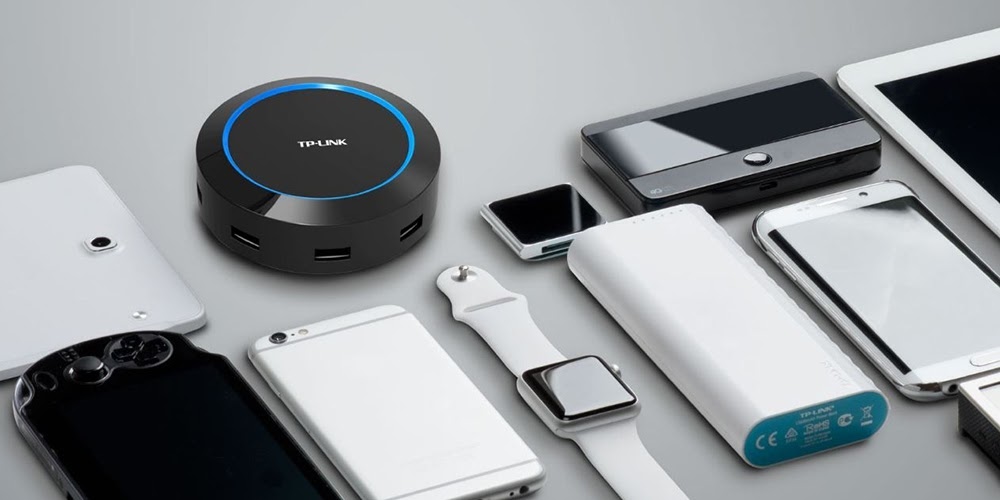In the modern age, gadgets have become an inseparable part of our lives, seamlessly integrated into our daily routines. From smartphones that connect us to the world to smart home devices that enhance our living spaces, gadgets have evolved far beyond their superficial allure. This evolution is not merely skin-deep; it delves into the intricate engineering and advanced technologies that form the very heart of everyday tech.
At the core of these gadgets lie sophisticated components, meticulously designed to ensure optimal performance. Microprocessors, the brains of electronic devices, have become smaller, faster, and more powerful, enabling complex computations in the blink of an eye. Integrated circuits, comprising transistors and resistors etched onto silicon wafers, facilitate seamless communication within devices, allowing them to process information swiftly and accurately.
Battery technology has seen remarkable advancements, enhancing the portability and endurance of gadgets. Lithium-ion batteries, with their high energy density and rechargeable capabilities, power everything from smartphones to electric vehicles, revolutionizing our mobility and reducing our carbon footprint.
Moreover, sensors have become ubiquitous in modern gadgets, enabling them to perceive and respond to their surroundings. Accelerometers detect motion, gyroscopes maintain orientation, and ambient light sensors adjust screen brightness according to environmental conditions. These sensors not only enhance user experience but also pave the way for innovative applications in fields such as augmented reality and wearable technology.
Connectivity is another pivotal aspect that defines the modern gadget landscape. The advent of 5G technology has ushered in an era of unprecedented speed and reliability in wireless communication. Devices can now exchange vast amounts of data in real-time, enabling seamless streaming, online gaming, and IoT applications. This connectivity extends beyond personal gadgets to smart homes and cities, creating interconnected ecosystems that optimize energy usage, enhance security, and improve overall quality of life.
Furthermore, the evolution of materials has played a crucial role in shaping the durability and aesthetics of gadgets. Gorilla Glass, developed by Corning, has become the industry standard for smartphone displays, offering exceptional scratch resistance and impact protection. Carbon fiber, known for its lightweight yet robust nature, finds applications in high-end laptops and aerospace technology, contributing to both performance and efficiency.
In the realm of software, artificial intelligence (AI) algorithms have become integral to enhancing user experience. Machine learning algorithms analyze user behavior, preferences, and patterns, tailoring recommendations and responses accordingly. Voice assistants powered by natural language processing (NLP) algorithms, such as Amazon’s Alexa and Apple’s Siri, have redefined human-machine interaction, making gadgets more intuitive and user-friendly.
Beyond the hardware and software, ethical considerations have gained prominence in the development of gadgets. Sustainable practices, such as using eco-friendly materials and promoting recycling, are becoming industry norms. Companies are increasingly aware of their environmental footprint, striving to create products that minimize waste and reduce environmental impact. Ethical sourcing of raw materials and fair labor practices are also prioritized, ensuring that the production of gadgets upholds ethical standards.
In essence, exploring the heart of everyday tech reveals a fascinating tapestry of innovation, collaboration, and ingenuity. The evolution of gadgets is not a linear progression but a continuous cycle of research, development, and adaptation. As we peer into the intricate mechanisms and technologies that power our gadgets, we gain a deeper appreciation for the collective effort of engineers, scientists, and designers who shape the future of technology.

